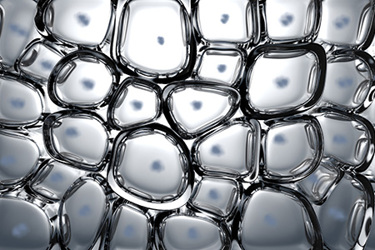Development Of A Model Of Dermal Inflammation And Irritation (Urticaria) In Miniature Swine
By Miao Zhong, Jason Liu, and Guy Bouchard

Histamine, the primary mediator released by mast cells, is well known for inducing a transient urticarial response when applied intradermally in humans. The objective of this study was to develop a reproducible dermal urticaria model in miniature swine. Three female Hanford miniature swine, aged 3 to 18 months, were used in the study. Each animal's back was pricked with a skin test device loaded with either a vehicle control or histamine in vehicle. The resulting dermal irritation, as well as wheal and flare responses, were assessed using Draize scoring and wheal size measurements.
Histamine induced dose-dependent skin irritation, with notable effects observed at both 10 and 20 minutes post-treatment. The most pronounced erythema and edema, as measured by the Draize score, were recorded at 10 minutes, with a slight reduction in response by 20 minutes. Histamine also induced wheals ranging from 4 mm to 7 mm in diameter. Although wheal sizes increased over time, this change did not appear to be directly related to histamine concentration. The optimal histamine concentration for inducing urticaria was determined to be 25 mg/mL.
When urticaria was induced using 10 mg/mL of histamine, topical antihistamine treatment produced a mild inhibition of both dermal irritation and the wheal and flare response, while topical hydrocortisone selectively inhibited the wheal and flare without significantly affecting dermal irritation. However, when higher concentrations of histamine (25 mg/mL and 50 mg/mL) were used, both topical antihistamine and topical hydrocortisone effectively inhibited dermal irritation, wheal formation, and flare response. These inhibitory effects were observed at 25 and 45 minutes post-dose. Notably, histamine at 50 mg/mL induced a more persistent urticarial response with sustained dermal irritation and wheal and flare formation.
In conclusion, this study successfully established a histamine-induced urticaria model in female Hanford miniature swine. This model provides a reliable platform for evaluating the efficacy of topical treatments for urticaria and other skin conditions involving mast cell-mediated inflammation.
Get unlimited access to:
Enter your credentials below to log in. Not yet a member of Drug Discovery Online? Subscribe today.
